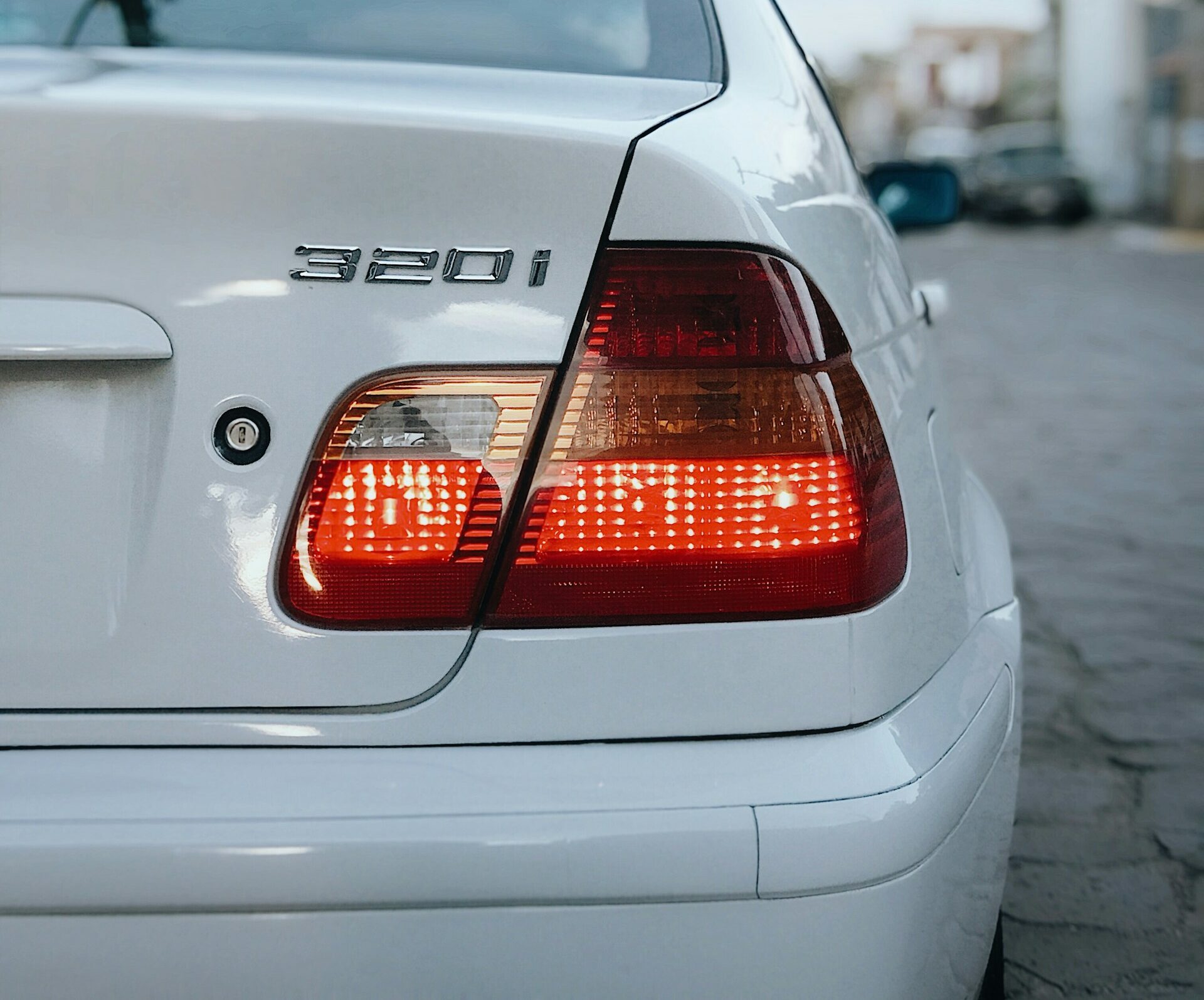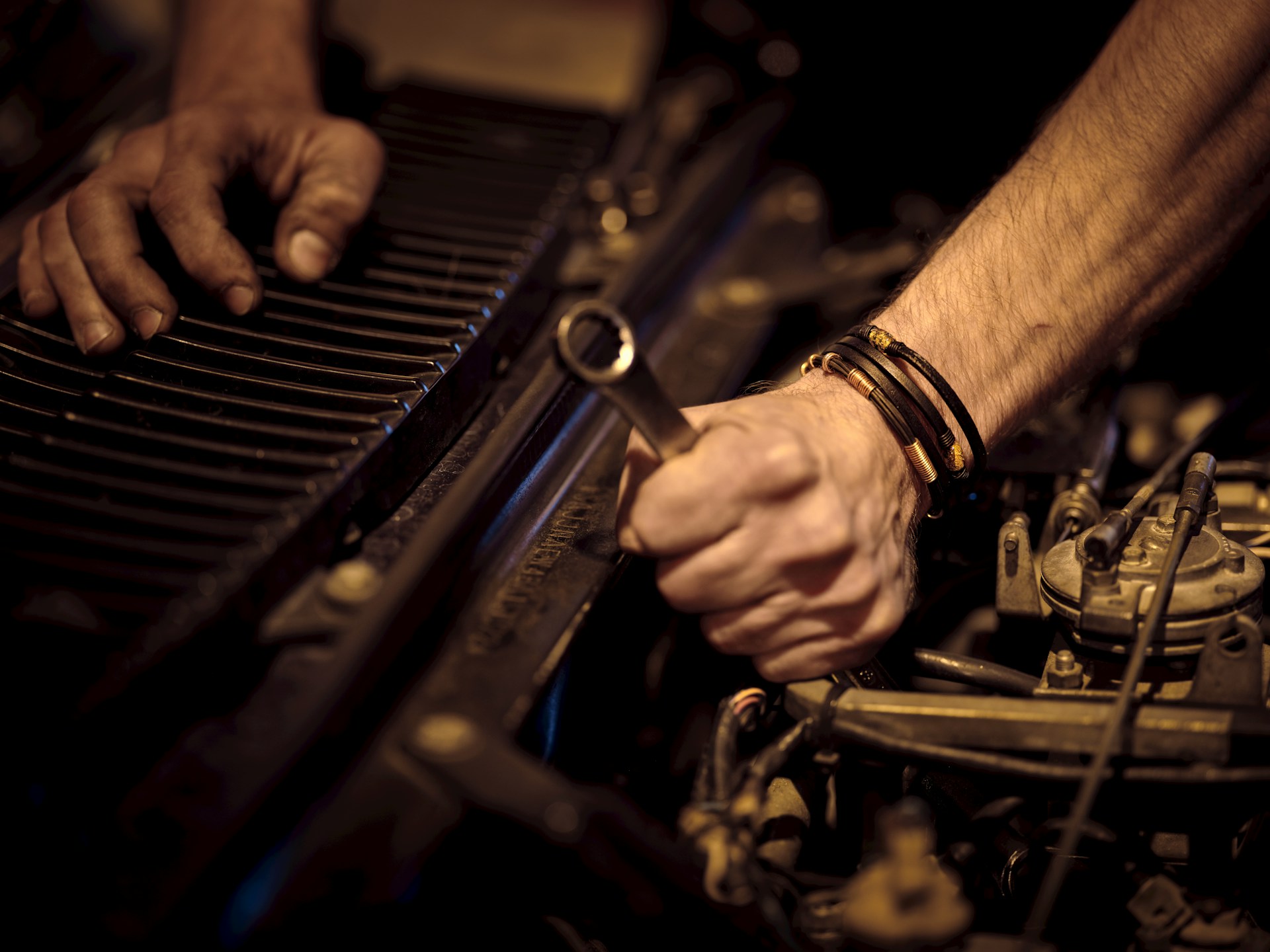Car accidents are unfortunately very common, occurring every 13 minutes in the US. Understanding the most frequent causes of crashes can help drivers be more aware and drive safer. Here are some of the top reasons car collisions happen:
Distracted Driving
One of the leading causes of accidents is distracted driving. When drivers take their eyes off the road or hands off the wheel to focus on something else, it diverts their attention and reaction time. Common distractions include texting or talking on the phone, adjusting music, eating, interacting with passengers, or being otherwise inattentive to driving. Even just two seconds of distraction time doubles the chances for an accident. Drivers should keep 100% focus on driving any time they are behind the wheel.
Drunk Driving
Driving while impaired by alcohol significantly increases the chance of crashes, with 35% of accidents caused by impaired drivers. Reaction time, coordination, concentration, and judgement are all negatively affected after consuming alcohol. Drunk drivers are a huge risk on roadways. Sadly, about a third of all fatal crashes involve an intoxicated driver. Driving after drinking any amount of alcohol reduces the ability to drive safely.
Speeding
29% of fatal accidents are caused by speeding drivers. Higher speeds leave less time to react, extend stopping distances, and increase the severity of accidents. Speeding reduces a driver’s control and makes it harder to steer safely around other vehicles and curves. People tend to underestimate how speed impacts the dangers of driving. For each mph over 50mph, the risk of crashing goes up exponentially. Car accident attorneys in El Paso advise that obeying speed limits and driving appropriate speeds for conditions is critical for accident prevention. Contact a car accident lawyer if a speeding driver caused an accident you were involved in.
Reckless Driving
Reckless behaviors like swerving, improper passing, running lights and signs, and other aggressive behaviors are major contributors to accidents. Road rage and impulsive actions can quickly create unsafe conditions and collisions. Patience and courtesy towards other drivers is key to help avoid reckless driving habits. 46% of drivers in fatal crashes were not wearing a seatbelt, which is the height of recklessness.
Drowsy Driving
Fatigued and drowsy driving also leads to a huge number of crashes each year. Falling asleep behind the wheel impairs your abilities similar to or worse than intoxication. Signs of drowsy driving include yawning, difficulty focusing, heavy eyes, and drifting in the lane. Getting adequate sleep before driving and taking breaks helps prevent drowsy driving accidents.
Weather Conditions
Inclement weather like rain, snow, fog, and ice reduce traction and visibility for drivers, making it easier to lose control and harder to stop. Speeds need to be lowered and distance increased between vehicles to compensate for slick road conditions. Changing weather patterns also impact driver abilities. Being prepared for conditions and allowing extra time is key to safer driving.
Night Driving
Driving at night presents additional challenges for drivers – 35% of fatal accidents happen between 6PM and midnight. Reduced lighting makes it harder for drivers to see pedestrians, animals, and other vehicles sharing the roads. Drowsy driving and DUI also frequently occur at night. Reflective strips and lighting help increase visibility after dark. But night driving still requires heightened awareness and precautions from drivers.
While many factors lead to car crashes, focusing on the road, driving cautiously and defensively, obeying traffic laws, and avoiding distractions and impairment can significantly reduce accident risks. But as driving abilities vary, even the most safety-minded individuals can end up in collisions due to the actions of others or unforeseen hazards. Taking precautions and exhibiting patience provides a better chance of reaching your destination safely.







